Shop prices have fallen for the fourteenth consecutive month, as retailers take to discounting to tempt customers back to stores.
Shop prices fell 1.3% in July, as retailers continue to feel the effects of the coronavirus pandemic, according to the latest figures from the BRC and Nielsen.
While this was a marginal improvement from the 1.6% decline seen in June, it is evident this is still a difficult time for the retail industry.
This figure was below the 12-month average price decrease of 0.9%, but above the six-month average price decrease of 1.4%.
The slight improvement was largely driven by an easing of the decline in non-food prices, which recorded a decrease of 2.9% in July compared with 3.4% the previous month.
This was below the 12-month average non-food decline of 2.3%, but above the six-month average price decrease of 3.1%, as sectors such as electricals and furniture saw the release of pent-up demand meaning fewer promotions.
Food price inflations remained the same for the third consecutive month at 1.5%, which was also in line with the six- and-12-month averages.
BRC chief executive Helen Dickinson said: “Despite firms facing increasing costs, shop prices continued to fall in July, albeit at a reduced pace compared to the previous month.
“Falling prices at tills is good news for shoppers, and will hopefully tempt more people on to our high streets and retail destinations.
“This remains a difficult time for the industry as a whole and government could help to mitigate this by supporting retailers and landlords over rent costs and taking action to boost consumer demand. Without this, we may see many more store closures and subsequent job losses.”
Nielsen head of retail and business insight Mike Watkins added: “There was no further upwards pressure on shop prices in food during July and deflation continues across the non-food channels.
“Now that all of retail has reopened for business, keeping prices stable will be important as it’s going to be difficult for retailers to second guess the strength of consumer spend with social distancing measures continuing and consumer confidence still low.”


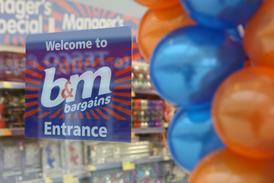
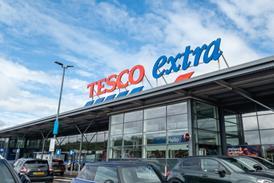








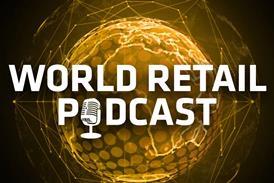






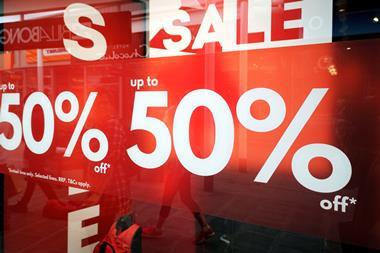
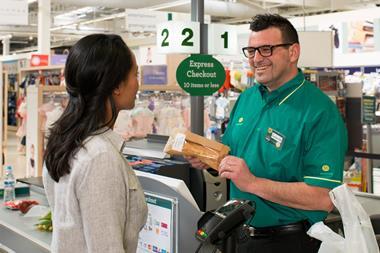
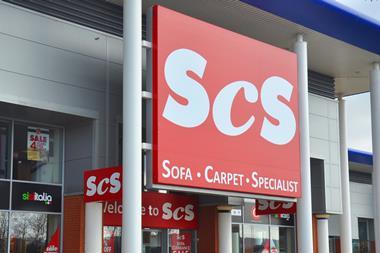
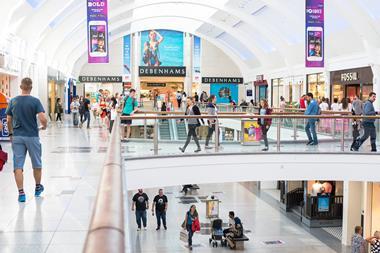
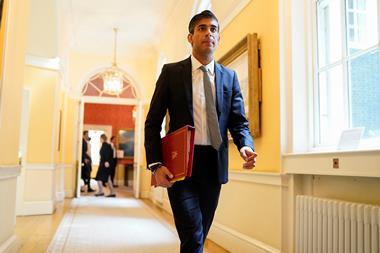
No comments yet